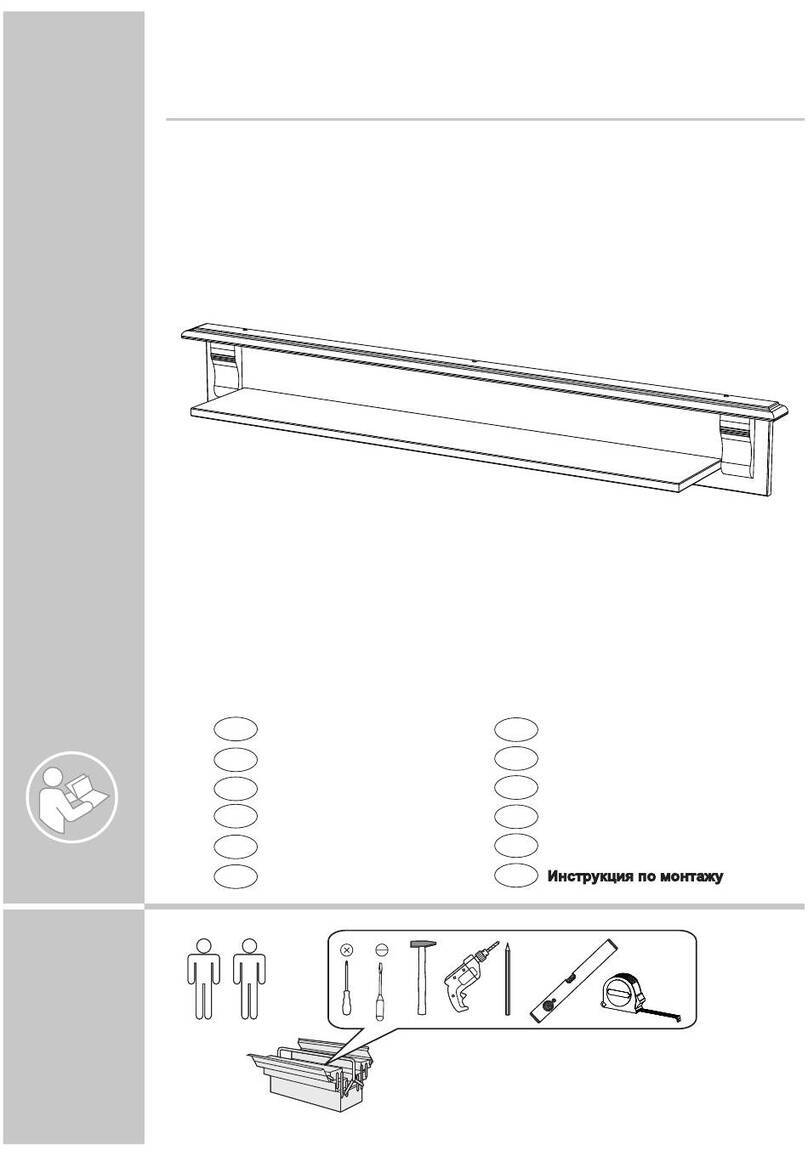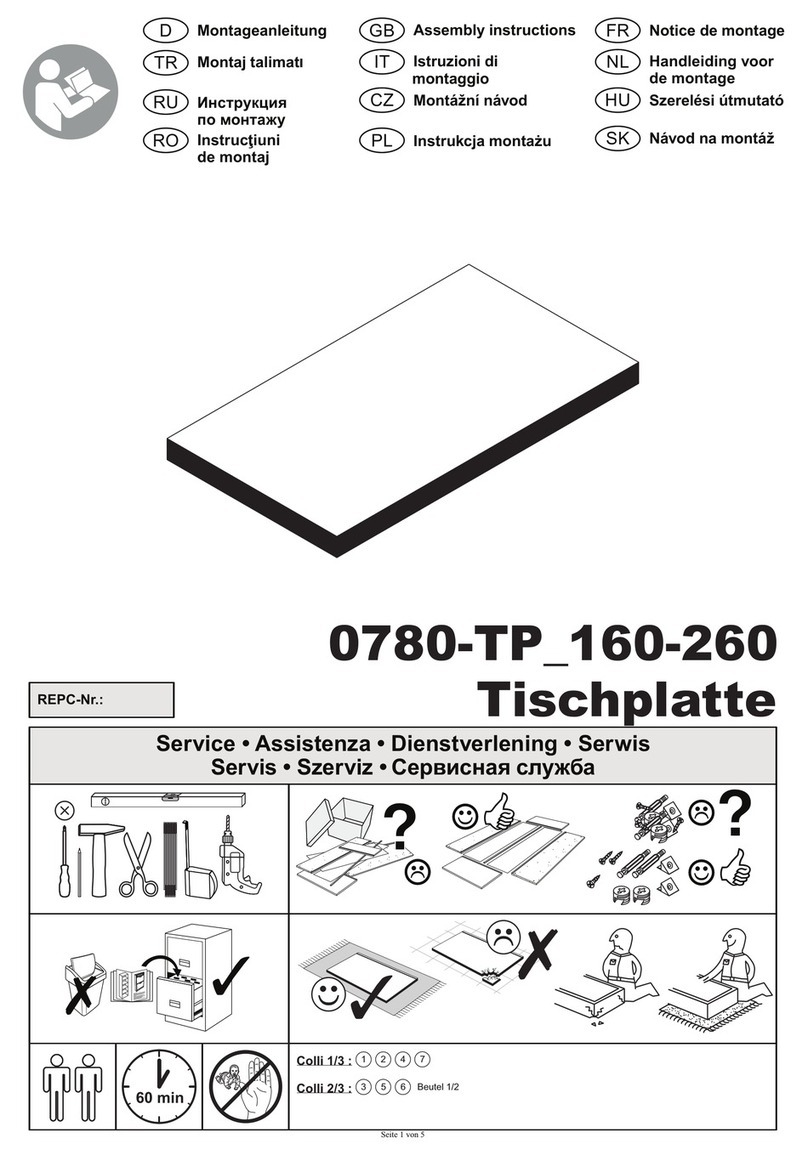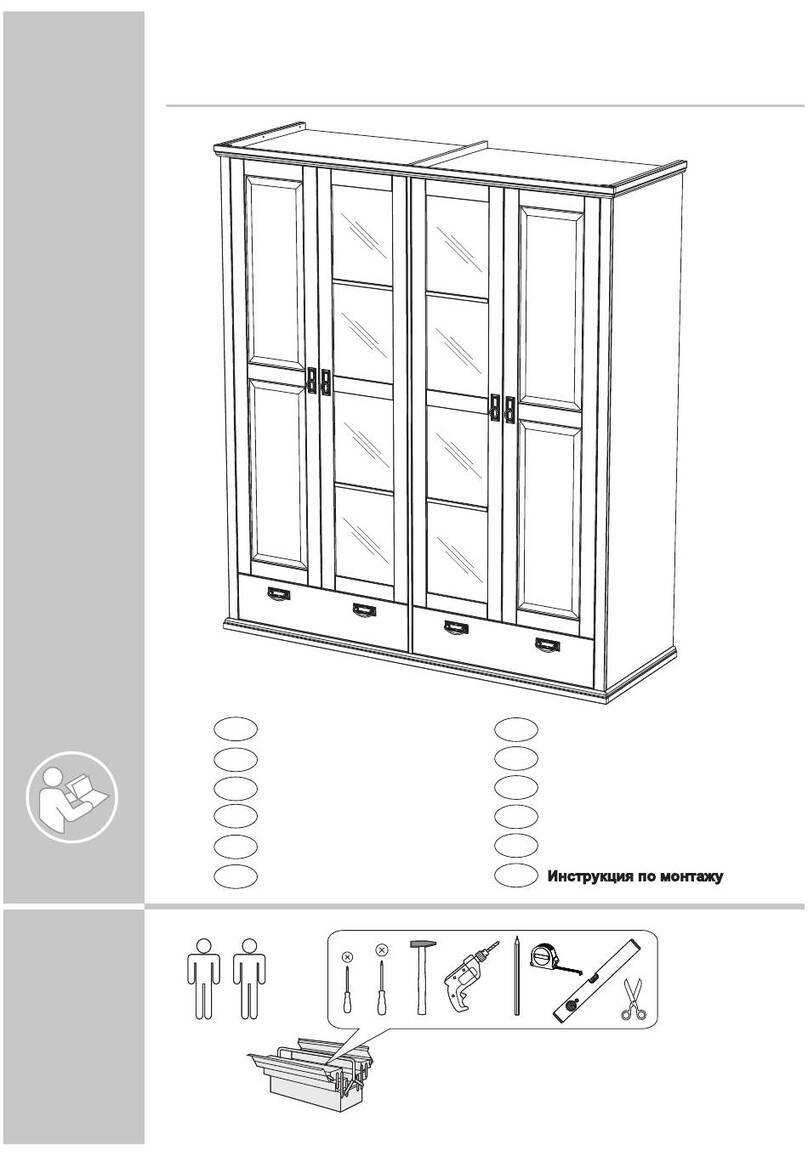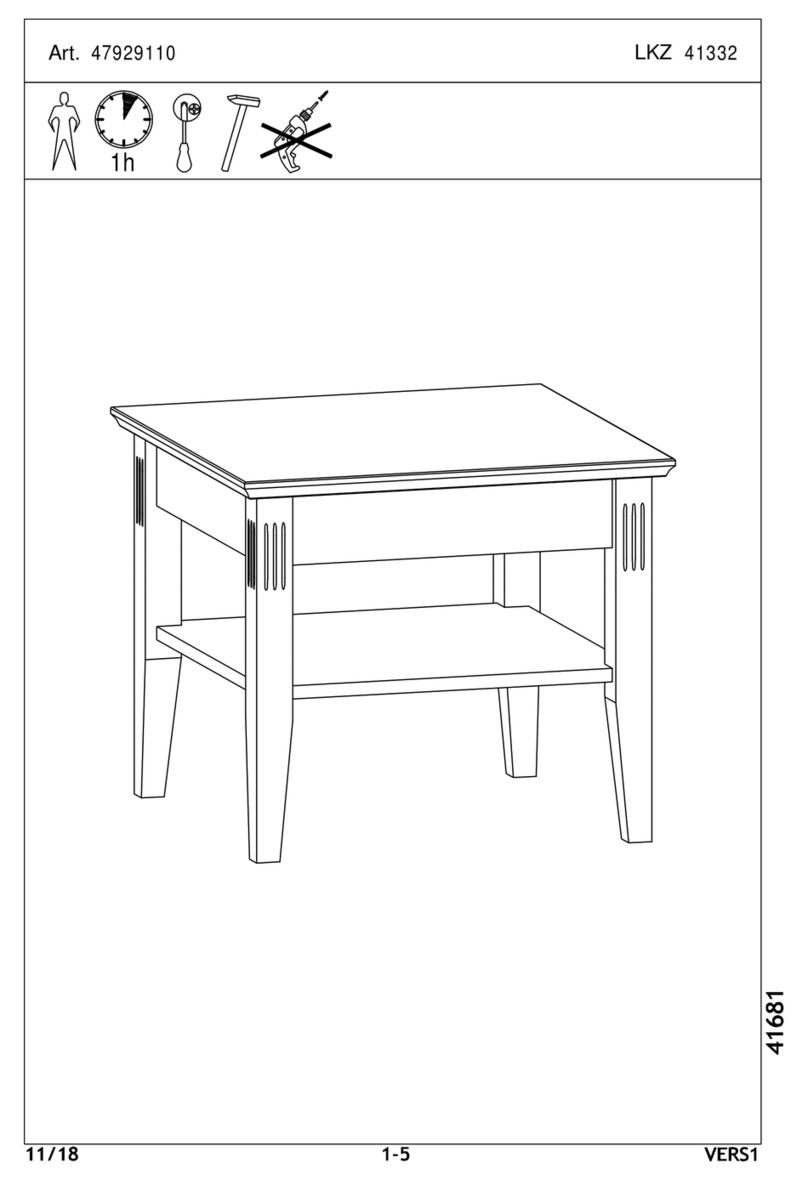Otto 763955 User manual
Other Otto Indoor Furnishing manuals
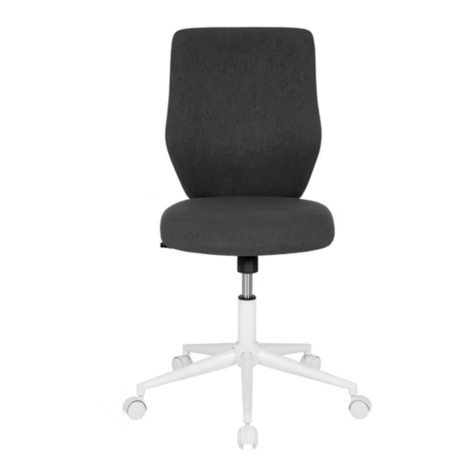
Otto
Otto MALMO OTMALMOGR User manual

Otto
Otto Tisch rund/104 User manual

Otto
Otto 6038798 User manual
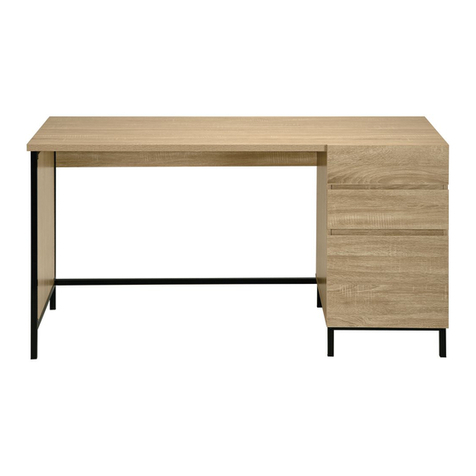
Otto
Otto STOCKHOLM SINGLE CABINET DESK OTSTCKHMOB User manual

Otto
Otto CORONA User manual

Otto
Otto 42272458 User manual
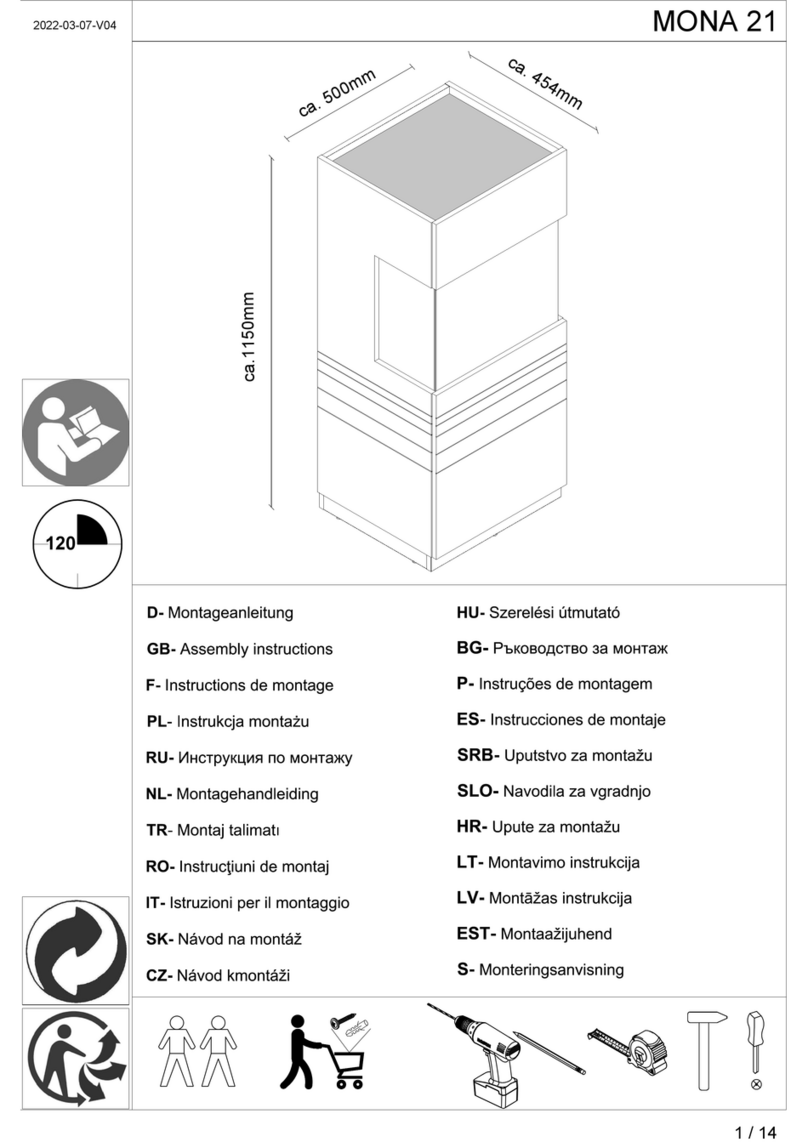
Otto
Otto MONA 21 User manual
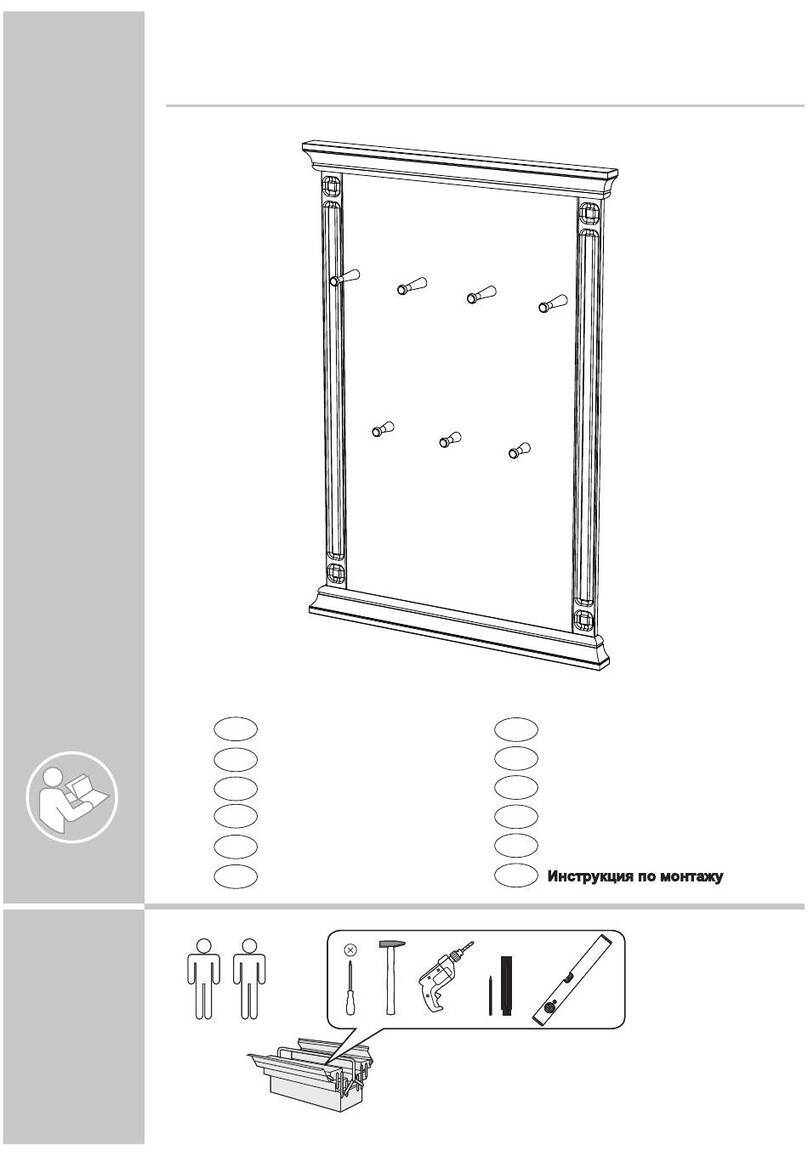
Otto
Otto 92990969 User manual
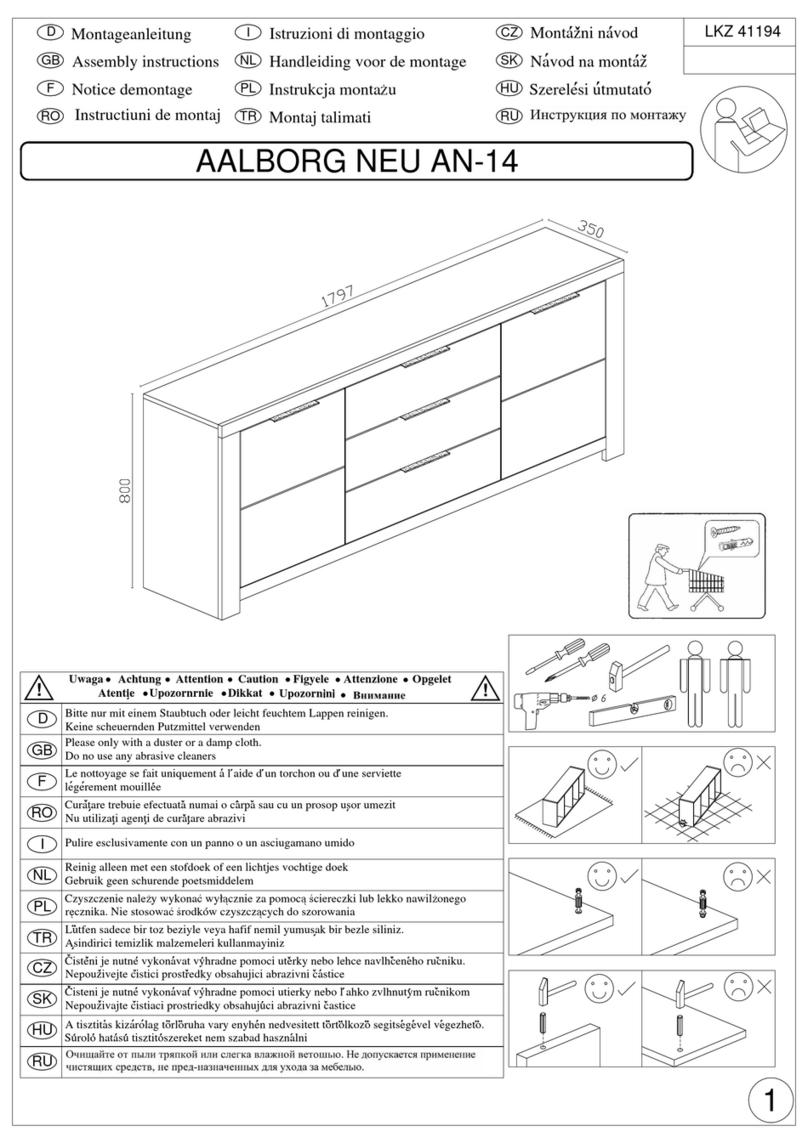
Otto
Otto AALBORG NEU AN-14 User manual
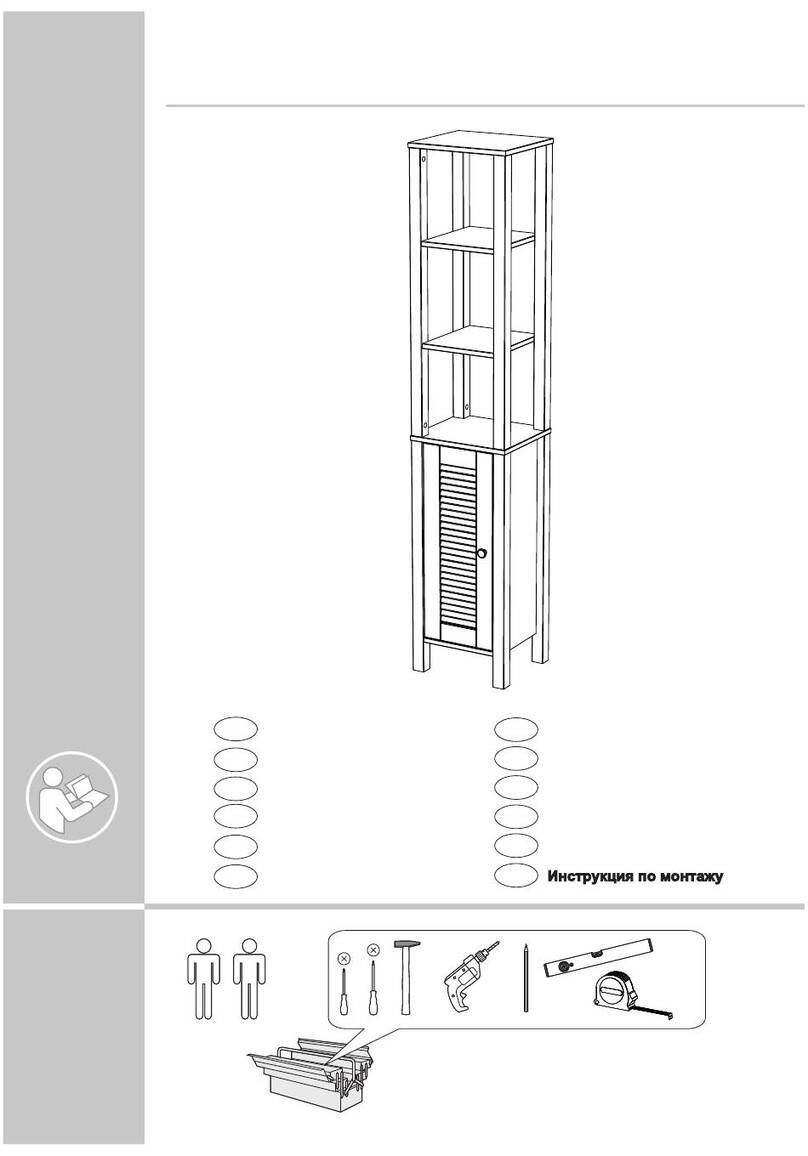
Otto
Otto 71269123 User manual
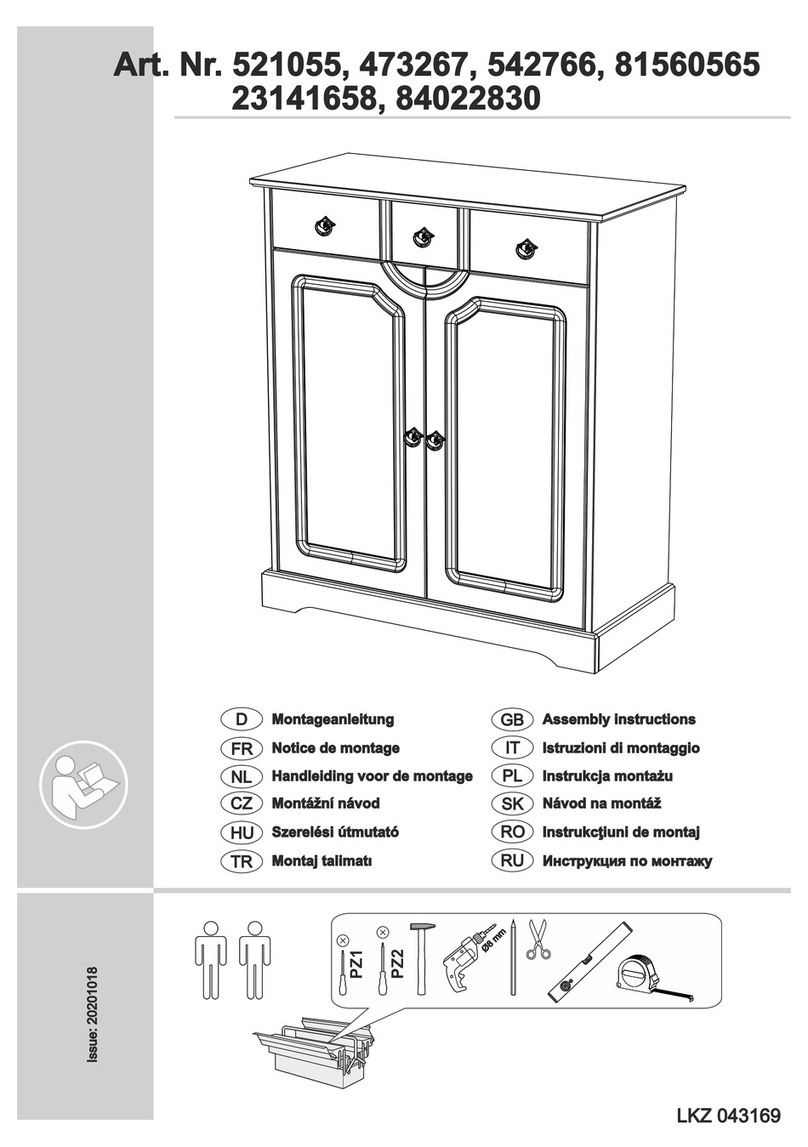
Otto
Otto 521055 User manual

Otto
Otto HORSENS 3 DRAWER PEDESTAL OTHOR3DWE User manual
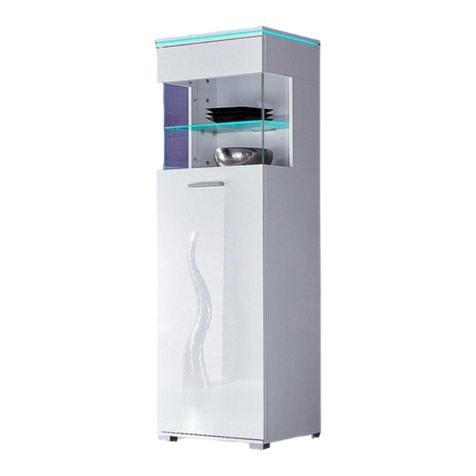
Otto
Otto SHOW User manual
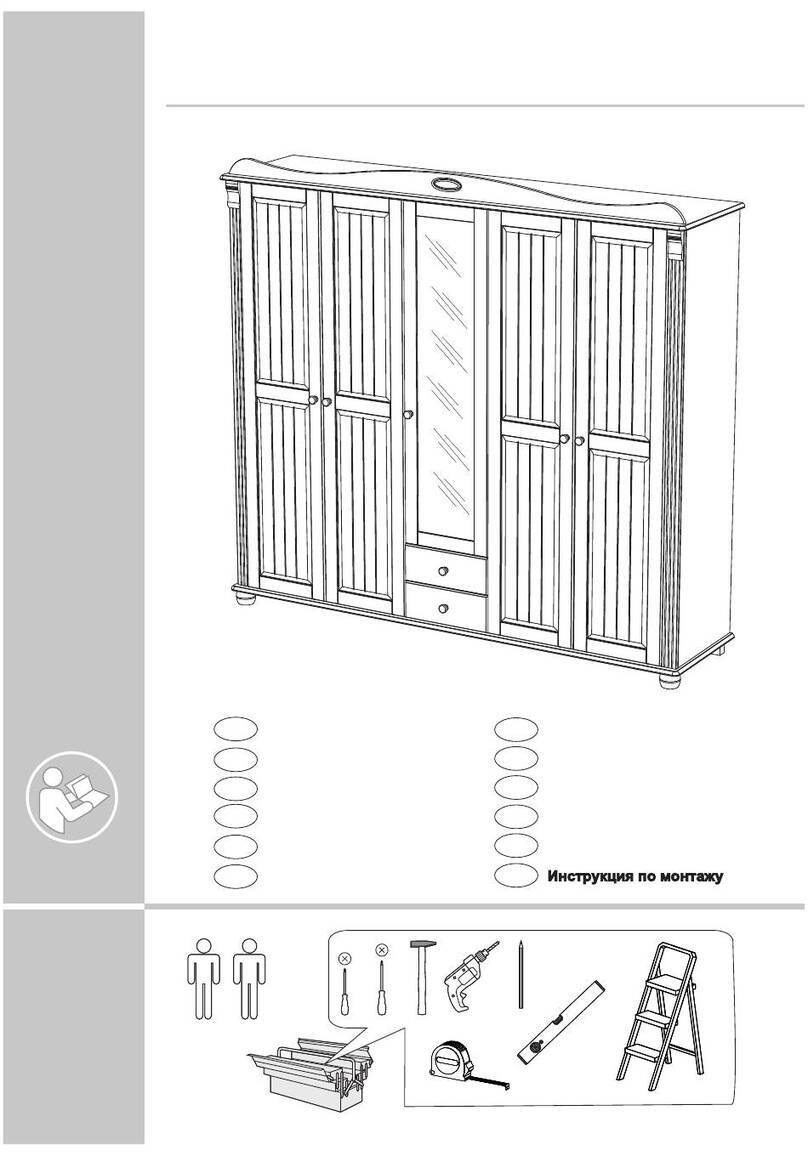
Otto
Otto 12269126 User manual

Otto
Otto Orient 1 Installation guide
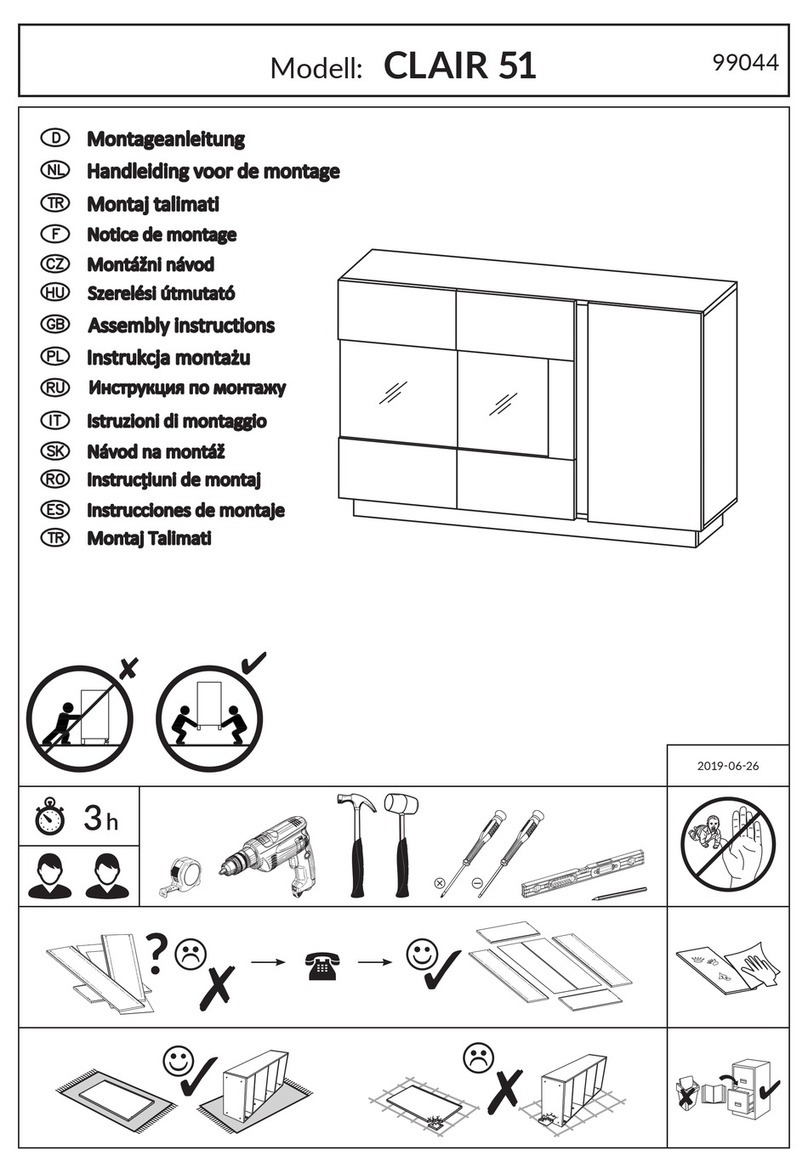
Otto
Otto CLAIR 51 User manual

Otto
Otto Box-System Nightfall 695862 User manual

Otto
Otto WF314743 User manual
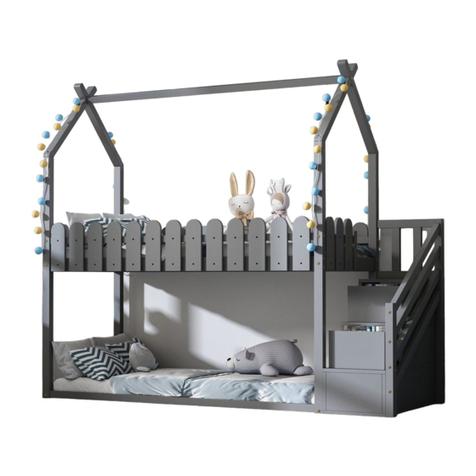
Otto
Otto Flieks WF290931AAW/G User manual
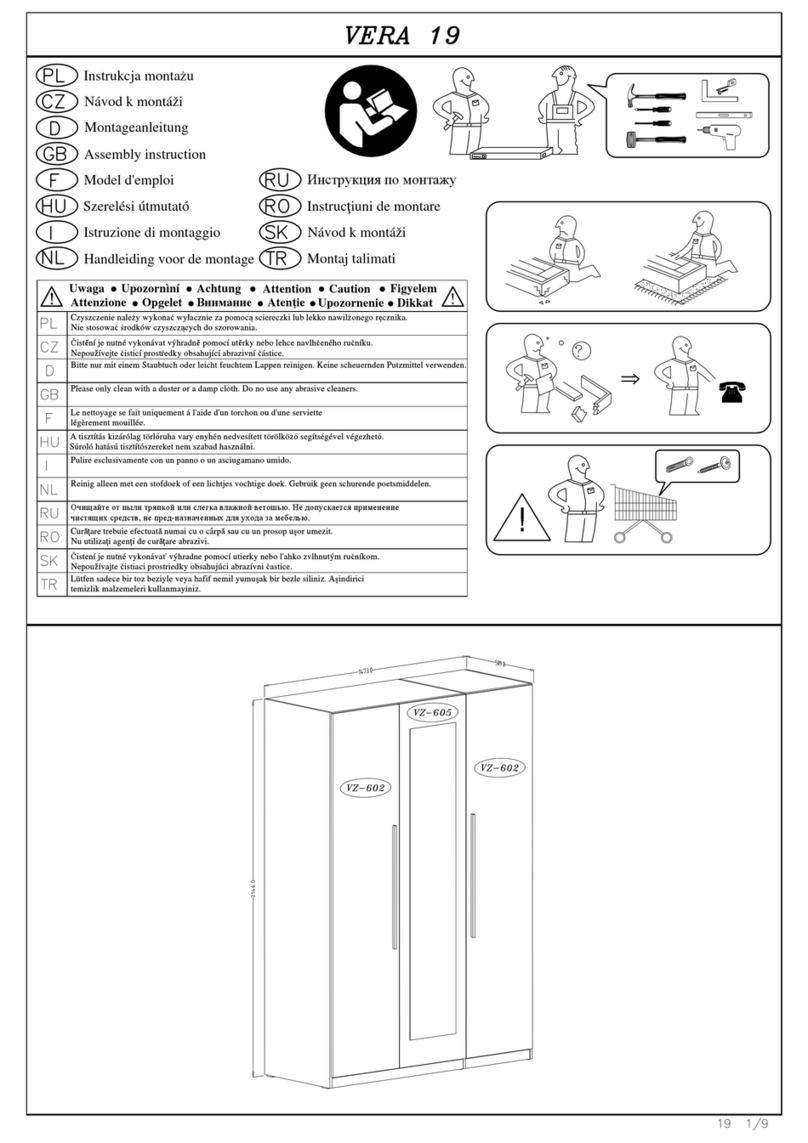
Otto
Otto VERA 19 User manual
Popular Indoor Furnishing manuals by other brands

Regency
Regency LWMS3015 Assembly instructions

Furniture of America
Furniture of America CM7751C Assembly instructions

Safavieh Furniture
Safavieh Furniture Estella CNS5731 manual

PLACES OF STYLE
PLACES OF STYLE Ovalfuss Assembly instruction

Trasman
Trasman 1138 Bo1 Assembly manual

Costway
Costway JV10856 manual
